
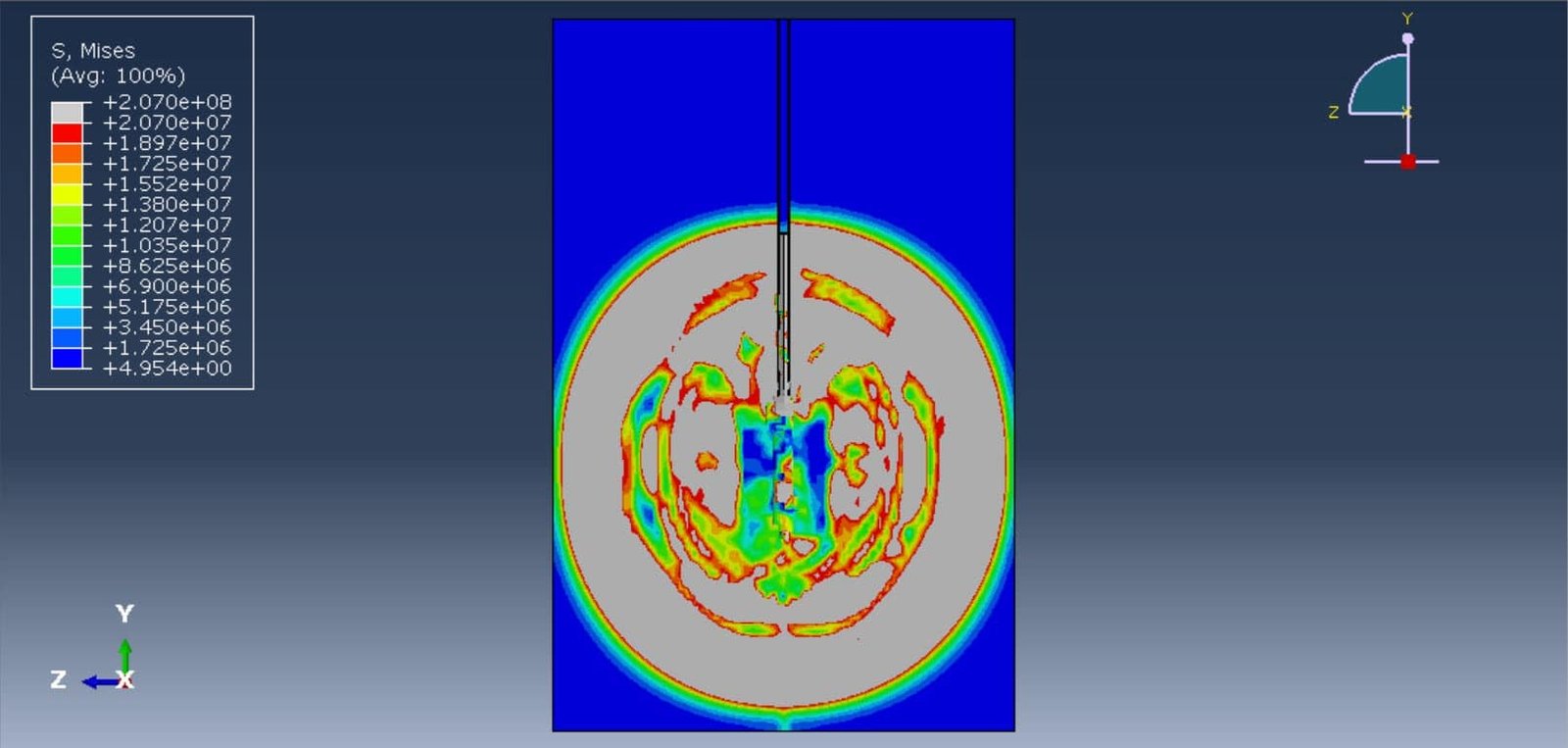
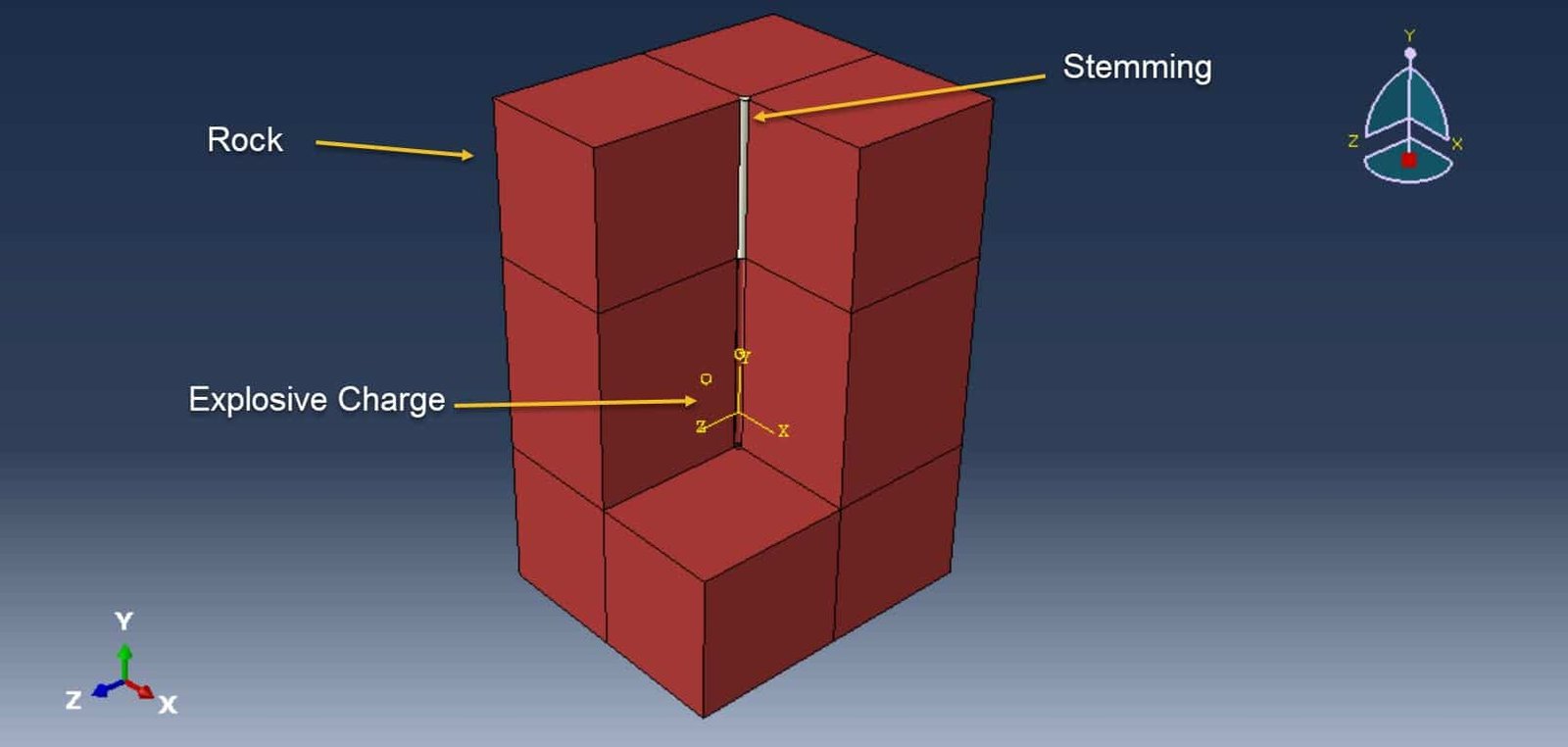



Blasting is a widely employed technique in mining, tunneling, and civil engineering to fragment rock masses for excavation and material handling. When an explosive charge is detonated within a blast hole, it generates an intense shock wave that propagates through the surrounding rock medium. The initial shock pressure is extremely high near the borehole, inducing fracturing, crushing, and eventual rock breakage. As the shock wave travels outward, its intensity diminishes due to geometric spreading, energy absorption, and interaction with heterogeneities in the rock mass—a phenomenon known as shock-wave attenuation.
Understanding the behavior of shock pressure and its attenuation characteristics is critical for optimizing blast designs, minimizing unwanted ground vibrations, and ensuring structural stability in nearby infrastructures. The distribution of shock pressure near the blast hole is influenced by several factors, including the explosive type and charge size, borehole geometry, rock properties (e.g., density, porosity, wave impedance), and confinement conditions.
This study focuses on analyzing the spatial variation of shock pressure and the mechanisms governing the attenuation of shock waves in the near-field region of a blast hole using the CEL method to model the TNT explosive charge. Both theoretical models and empirical relationships are considered to describe the pressure decay while accounting for the nonlinear and inelastic behavior of rock under dynamic loading. The findings provide valuable insights into energy transfer mechanisms during blasting and offer guidelines for more efficient and controlled rock breakage.
This example is close to this paper: Measurement of shock pressure and shock-wave attenuation near a blast hole in rock

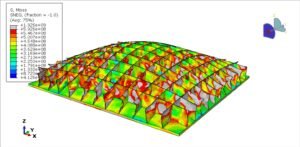
Abaqus
€68,00 €34,00

Abaqus
€77,00 €39,00
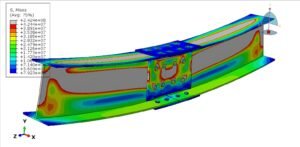
Abaqus
€79,00 €39,00

Abaqus
€75,00 €37,00

Abaqus
€76,00 €38,00
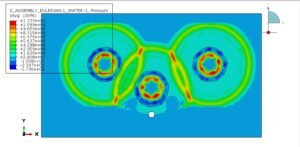
Abaqus
€79,00 €38,00
See more

Want to receive push notifications for all major on-site activities?